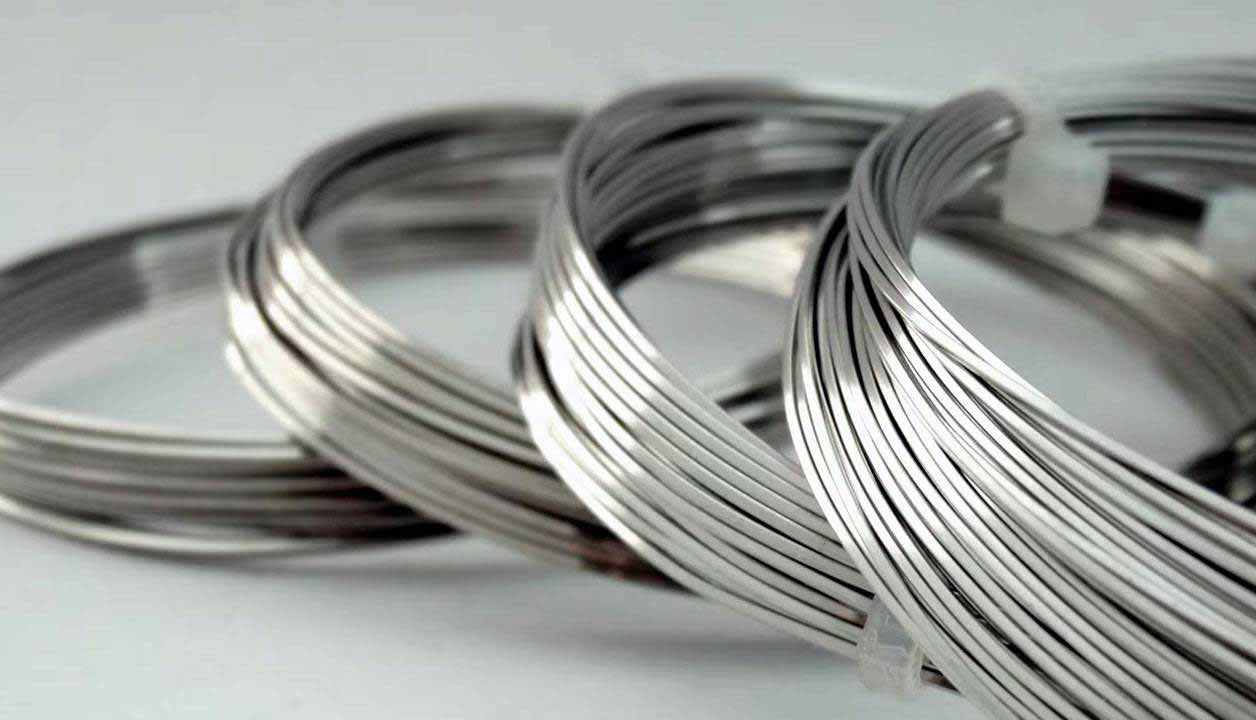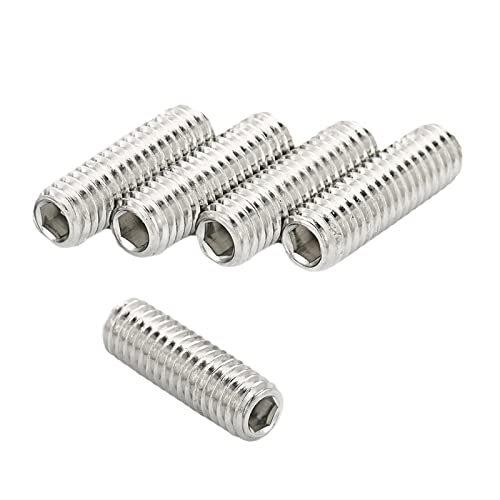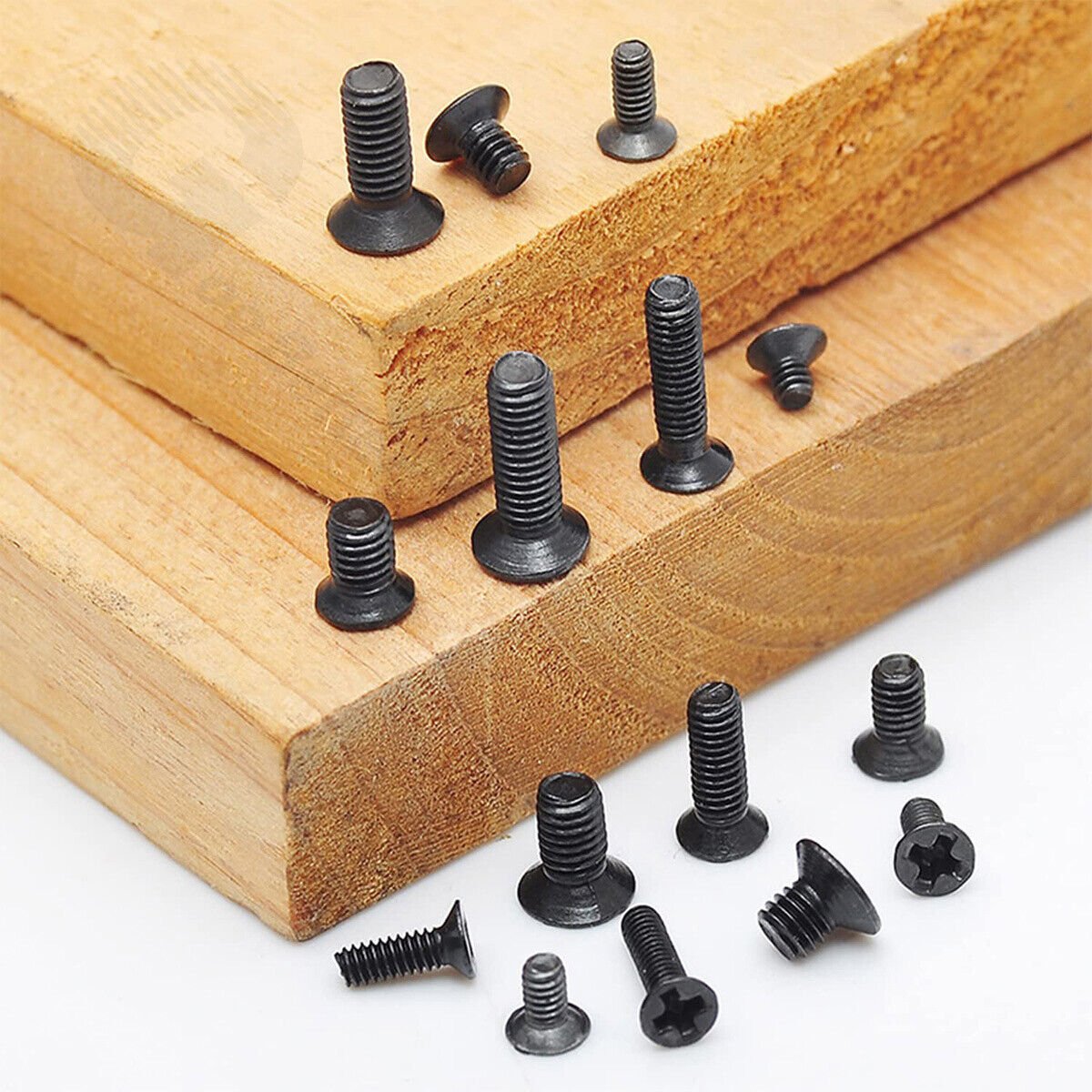A practical, friendly guide for DIYers, mechanics, and small-scale industrial teams — what 304 stainless safety wire is, why professionals trust it, how to use it correctly, and how to choose the right diameter for the job.
Product referenced: 304 Ultra-Fine Stainless Steel Wire (0.1mm–3mm).
What is 304 Stainless Safety Wire?
In simple terms, safety wire (also called lock wire or positive locking wire) is thin metal wire twisted into patterns that prevent rotation of fasteners. The “304 stainless” label tells you the alloy — AISI 304 — a chromium-nickel stainless steel known for good corrosion resistance, ductility, and predictable mechanical performance for safety wiring tasks.
Unlike a lock washer or threadlocker, safety wire is a mechanical restraint. When installed correctly, it routes torque from a potentially loosening fastener into neighboring hardware or an anchor point, physically stopping unscrewing.

Why choose 304 Stainless? Properties That Matter
304 stainless is the workhorse of stainless alloys. For safety wire it offers:
- Corrosion resistance — good for humid, outdoor, and many marine-adjacent environments.
- Ductility & toughness — bends and twists repeatedly without brittle fracture.
- Good tensile strength — maintains integrity under tension and dynamic loads.
- Cost-effectiveness — cheaper than 316 or specialty alloys while delivering reliable performance.
Pro tip: For continuous seawater immersion or heavily chlorinated environments, use 316 stainless. For extremely high temperatures or corrosive chemical exposure, consider alloy wires (e.g., Inconel), though those are more expensive and used in specialized industries.
How safety wire is made & what sizes you'll find
Safety wire is typically manufactured by drawing stainless steel rod through progressive dies until the desired diameter is reached. The wire may be annealed for ductility or left work-hardened for higher tensile strength. After drawing, the wire is spooled, cut into pre-formed loops, or supplied as pre-twisted tie lengths.
| Diameter | Typical Use | Common Packaging |
|---|---|---|
| 0.10 mm – 0.30 mm | Micro fasteners, avionics, light trim | Spools / small coils |
| 0.30 mm – 0.60 mm | General aviation, motorsport, small engine | Spools/coils |
| 0.60 mm – 1.2 mm | Heavier bolts, industrial clamping | Spools / bulk coils |
| 1.5 mm – 3.0 mm | Heavy duty lashing, swaged loops | Bulk coils/cut lengths |
The product we link in this guide — 304 Ultra-Fine Stainless Steel Wire (0.1–3mm) — covers a broad range of diameters suitable for most light industrial and consumer applications.
Safety wiring methods and patterns
Engineers and mechanics use a few standard patterns when safety wiring fasteners. Which pattern you choose depends on fastener arrangement, the direction of potential loosening, and regulatory requirements (in aviation, for example).
Common patterns
- Single wrap — Simple loop through a bolt head anchored to a fixed point or adjacent fastener.
- Figure-8 — Locks two fasteners in opposite directions so each resists the other's loosening.
- Double-twist — Extra security using two parallel twists for critical fasteners.
- Loop & crimp — Wire loop is swaged with a ferrule for neat, consistent terminations in industrial setups.
- Preformed loops — Speed up repetitive installations by using pre-shaped loops tailored to specific fastener layouts.
Tools & accessories for tidy, reliable installations
Installations are faster and more consistent with the right tools:
Essential tools
- Safety wire pliers — Grip, twist and cut in one tool, producing consistent twists.
- Needle-nose pliers — For routing and holding wire in tight spots.
- Swage/crimp tool — For using ferrules to terminate loops in industrial contexts.
Helpful accessories
- Preformed loops — Save time on repetitive installations.
- Spools & dispensers — Keep wire tidy and prevent kinks.
- Protective sleeves — Use where wire contacts vulnerable surfaces to prevent abrasion.
A quality pair of safety wire pliers is worth the investment if you do frequent installations — they speed up work and produce consistent, inspectable twists.
How to Install 304 Stainless Safety Wire — step-by-step
The following is a general, approachable step-by-step for wiring a drilled-head bolt to a neighboring anchor (figure-8 variant). Always follow industry or OEM instructions when available.
- Confirm the pattern and wire diameter per the maintenance manual or rulebook.
- Prepare fasteners — ensure bolts have drilled holes and that hole edges are deburred.
- Cut an appropriate length of wire — leave some slack to route and twist (a good rule: 2–3× the distance between anchors).
- Route the wire through the hole so tension resists the fastener’s loosening direction.
- Tension and twist using safety wire pliers — standard twist counts vary; many technicians use 4–6 tight twists per inch for common diameters.
- Anchor the end — to another bolt, dedicated lug, or swage a ferrule.
- Trim and tuck — cut the tail close and tuck or bend it to eliminate sharp points; ensure no tail contacts moving parts.
- Inspect — ensure neat twists, good tension, and correct routing.
Applications — Where 304 Stainless Safety Wire Is Used
304 stainless safety wire is used in a variety of fields. Below are typical uses and why the wire is chosen:
| Industry | Examples | Why 304 Wire |
|---|---|---|
| Aviation | Engine mount bolts, fuel fittings, propeller retention hardware | Proven reliability, visible tamper evidence |
| Motorsport | Turbocharger bolts, oil pan and banjo bolts, wheel studs | Resists intense vibration; lightweight |
| Marine (deck & fittings) | Hose clamps, small fasteners | Corrosion-resistant for splash zones |
| Industrial | Pumps, valves, conveyor tensioners | Low-cost redundant locking method |
| DIY / Home | Garden equipment, small engines, crafts | Accessible, easy to install |
Practical specs & strength guide
Below are approximate breaking loads for common diameters of 304 stainless safety wire. These values vary by manufacturer and cold work level, so always consult supplier data for critical design calculations.
| Diameter (mm) | Approx. Breaking Load (N) | Practical Use |
|---|---|---|
| 0.30 mm | ~120 N | Avionics & small fasteners |
| 0.45 mm | ~260 N | General aviation & light motorsport |
| 0.60 mm | ~420 N | Engine bolts, medium fasteners |
| 0.80 mm | ~700 N | Larger fittings and clamps |
| 1.50 mm | ~1500 N | Heavy-duty restraints |
Safety note: Breaking load is not the same as safe working load. Use appropriate safety factors and certified test data for safety-critical designs.
Inspection, maintenance & longevity
One of the advantages of safety wire is its visibility — inspectors can quickly see whether wires are intact and correctly routed. Routine inspections typically check:
- Presence of the correct wire pattern
- Number and tightness of twists
- Frayed or cut strands
- Corrosion or discoloration at contact points
- Interference with moving parts
Replace wiring if you see any damage, loss of twist, or signs of fatigue. For critical systems, adhere to inspection intervals specified by OEM or regulatory documents.
Common problems & troubleshooting
Maintenance crews sometimes encounter these issues:
Frayed or broken wire
Causes: Over-tensioning, abrasion, or corrosion. Replace the wire and investigate sharp edges or rubbing points. Add protective sleeves if necessary.
Fastener seized or stripped
Sometimes a wire locks a fastener in place and years of corrosion or exposure make removal tricky. If the fastener head is stripped, a screw extractor or left-hand drill bit may be needed to recover the bolt without damaging the component. Use lubricant, heat (if safe), and controlled extraction technique.
Incorrect routing or loose twists
Fix by removing the old wire and re-installing with the correct pattern and twist count. Tight, neat twists reduce the chance of loosening.
Buying guide — pick the right diameter & packaging
Choose wire by matching diameter to the fastener size, and decide packaging by usage volume:
- Hobby / DIY — small spools or pre-cut lengths (0.30–0.60 mm).
- Mechanics / Motorsport — 0.45–0.80 mm on 50–100 m spools for workshop use.
- Aviation / Industrial — certified wire in specified diameters; bulk coils and swaging accessories.
We offer the 304 Ultra-Fine Stainless Steel Wire (0.1–3mm) in a variety of diameters and spool lengths to suit these needs.
Case studies & real-world examples
Case 1 — Small aircraft maintenance shop
A regional maintenance shop used 0.6 mm 304 safety wire to re-wire landing gear fasteners after routine checks. Following service bulletins, the team re-applied wire with factory-specified patterns and documented twist counts. Post-flight inspections reported no loosening across subsequent cycles.
Case 2 — Club race team
A club racing team wired turbo oil-feed banjo bolts and intake bolts using 0.45 mm 304 wire. They adopted swaged ferrule terminations for faster pit service and found fewer fastener-related failures over the season.
Case 3 — Marine deck fittings
A pleasure boat owner replaced corroded stainless clamps with 304 wire-secured fittings in the cockpit area. For through-hull fittings, the owner upgraded to 316 in line with marine best practices.
FAQ — Top 5 Questions
Q1: Is 304 stainless safety wire good for saltwater use?
A1: Yes for splash-zone and general marine use, but for constant seawater immersion or very corrosive environments choose 316 stainless for better chloride resistance.
Q2: How many twists per inch should I use?
A2: Twist count depends on wire diameter. For common 0.45–0.6 mm wire, 4–6 twists per inch is common. Follow any OEM or regulatory guidance if applicable.
Q3: Can I reuse safety wire?
A3: In non-critical applications you may reuse wire if it is undamaged; in safety-critical industries (aviation, regulated motorsport) always use new wire per procedure.
Q4: Should I use braided wire as safety wire?
A4: No — single-strand drawn wire is the industry standard. Braided wire can unravel and is harder to tension predictably.
Q5: Where can I buy good quality 304 safety wire?
A5: Right here: 304 Ultra-Fine Stainless Steel Wire (0.1–3mm) — available in multiple diameters and spool lengths for hobbyists and pros.
Conclusion & Next Steps
304 stainless safety wire is a low-cost, reliable, and widely used method of secondary locking for fasteners. It balances corrosion resistance, ductility, and tensile strength for many environments — from home workshops and racing garages to aircraft maintenance and industrial plants.
Use the right wire diameter for the job, follow recommended patterns and twist counts, and inspect regularly. When in doubt, consult OEM maintenance manuals or reach out to a qualified technician. For projects large or small, our 304 stainless safety wire is a great place to start.








